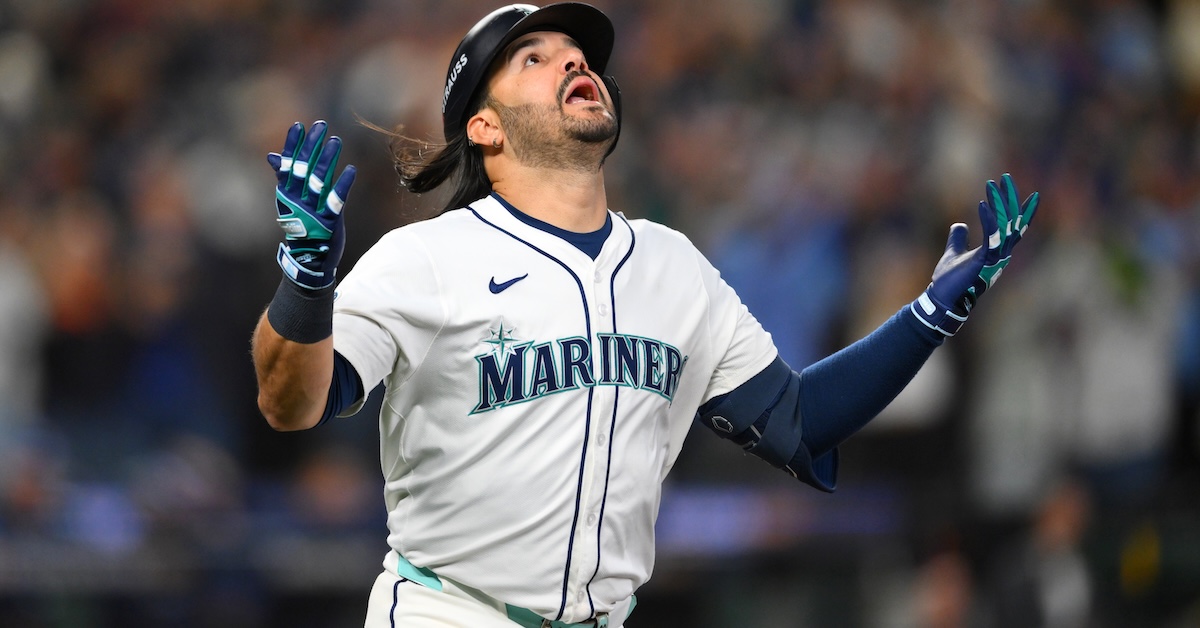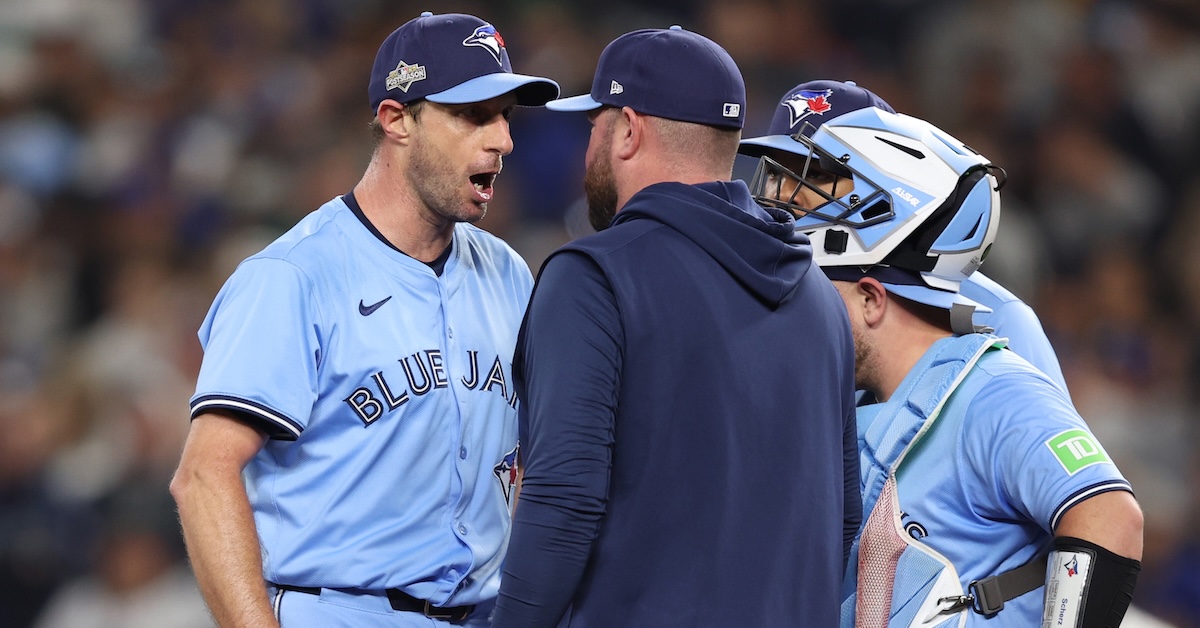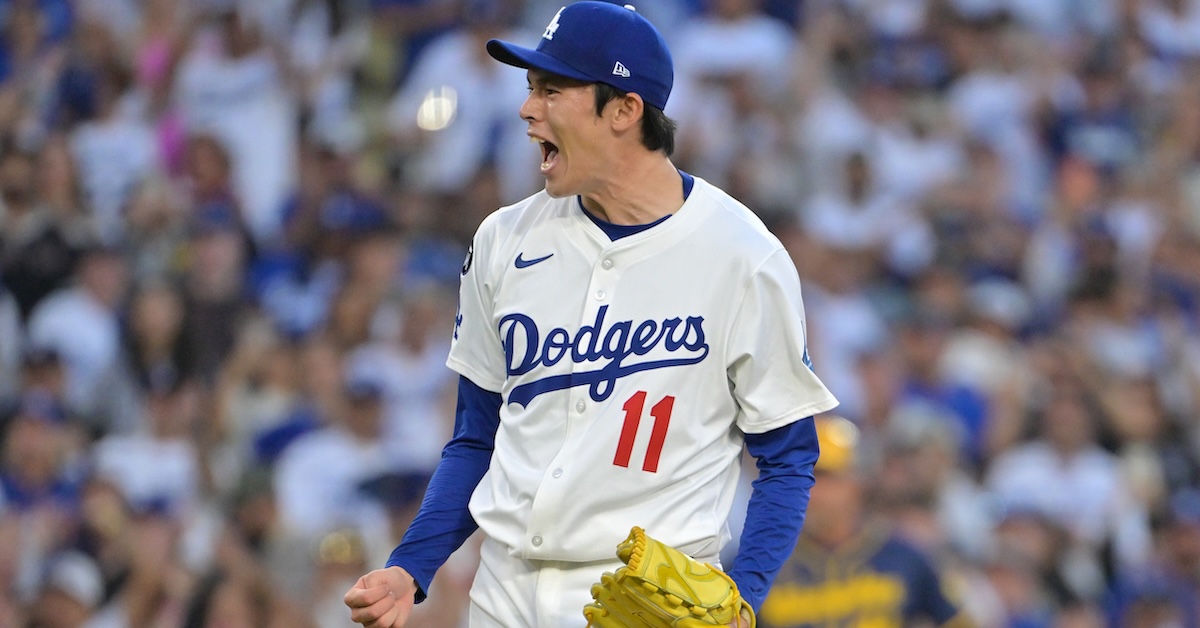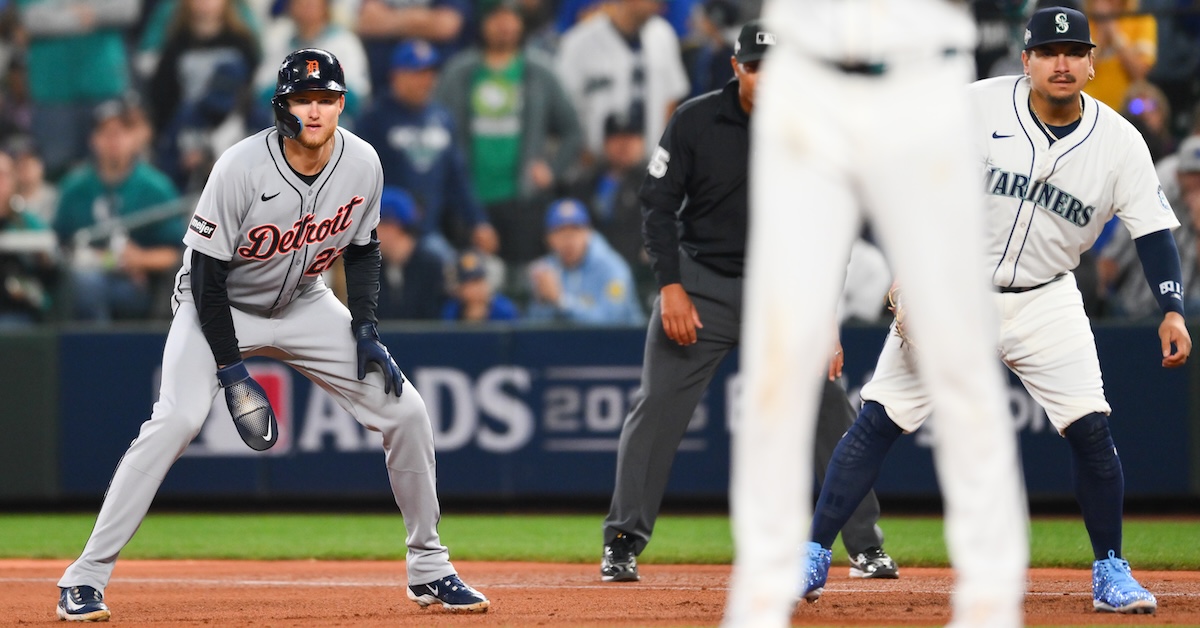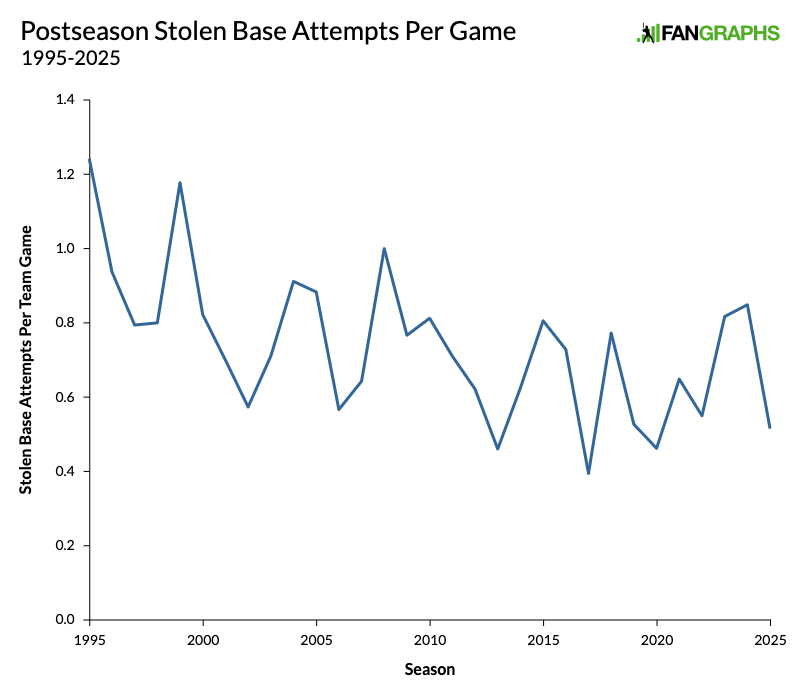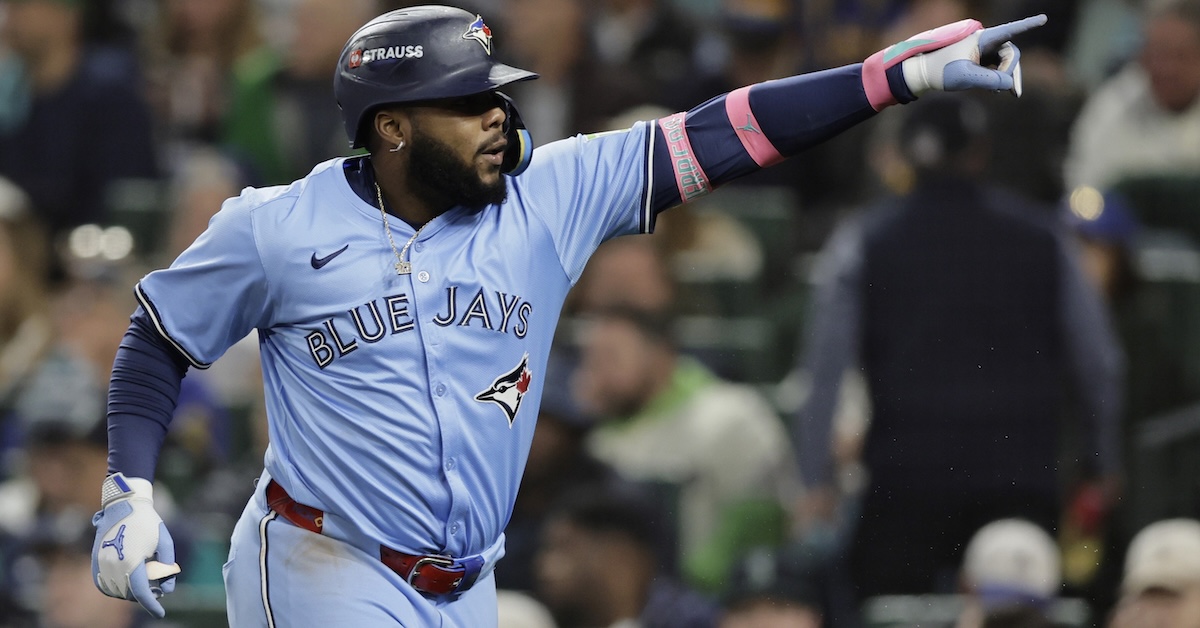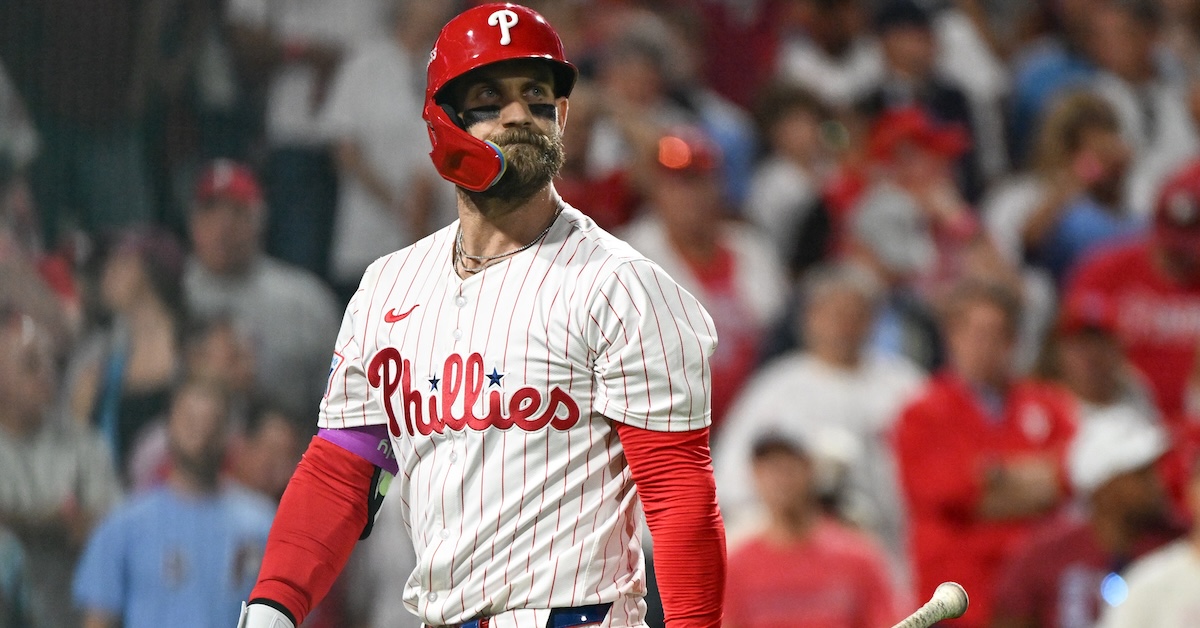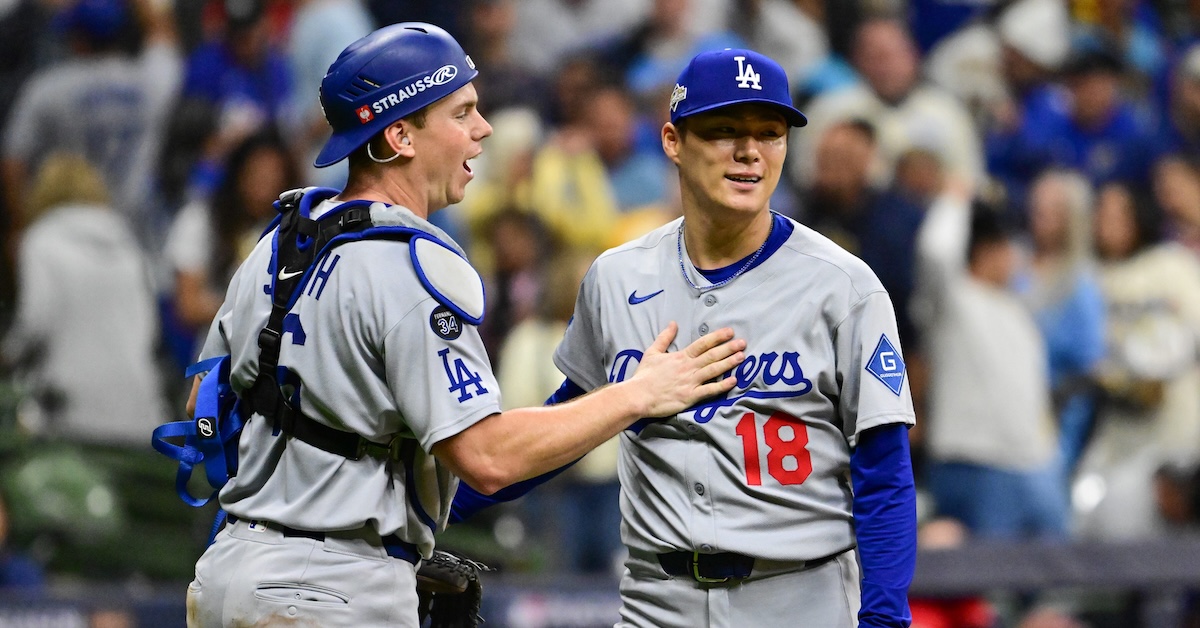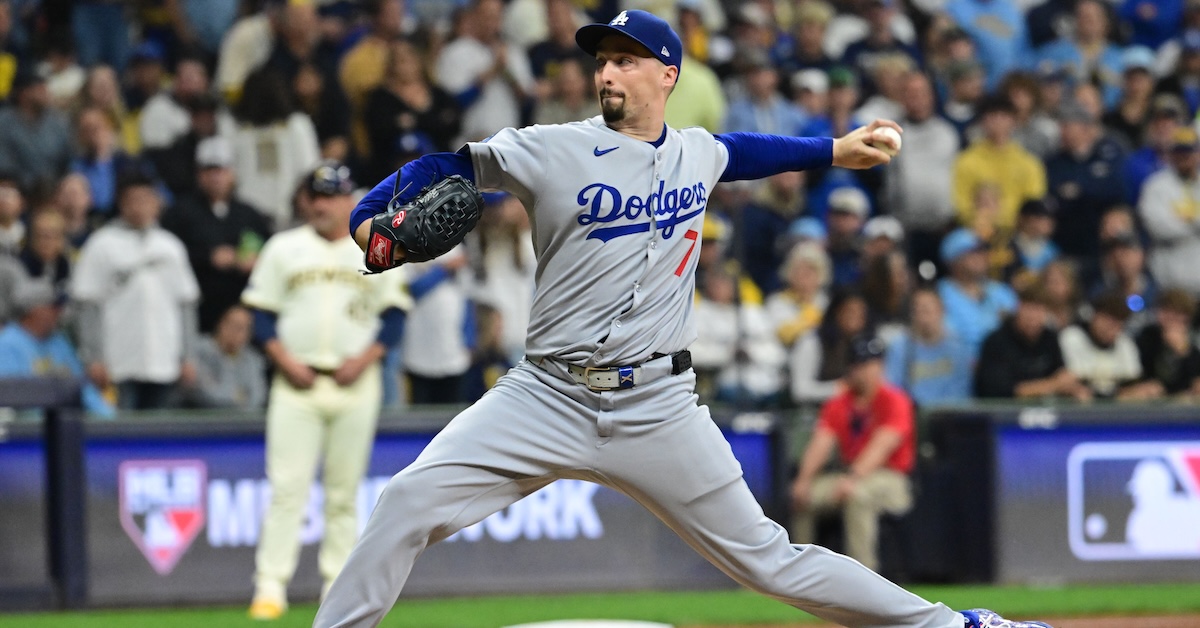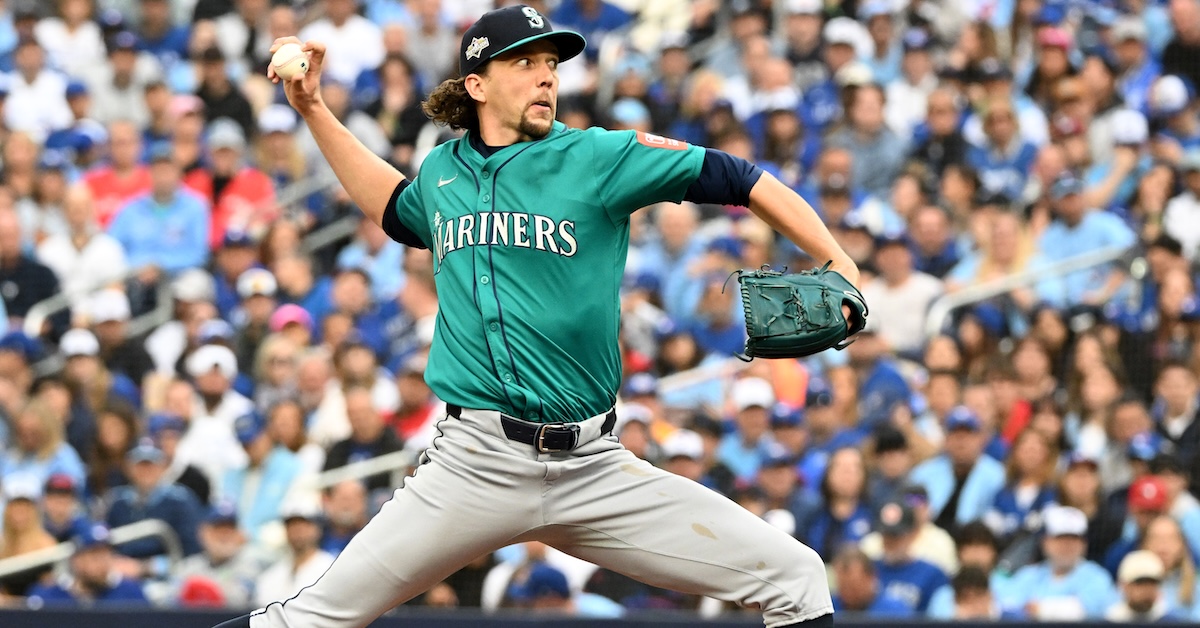Sho Time in LA: Dodgers Sweep Brewers To Advance to World Series
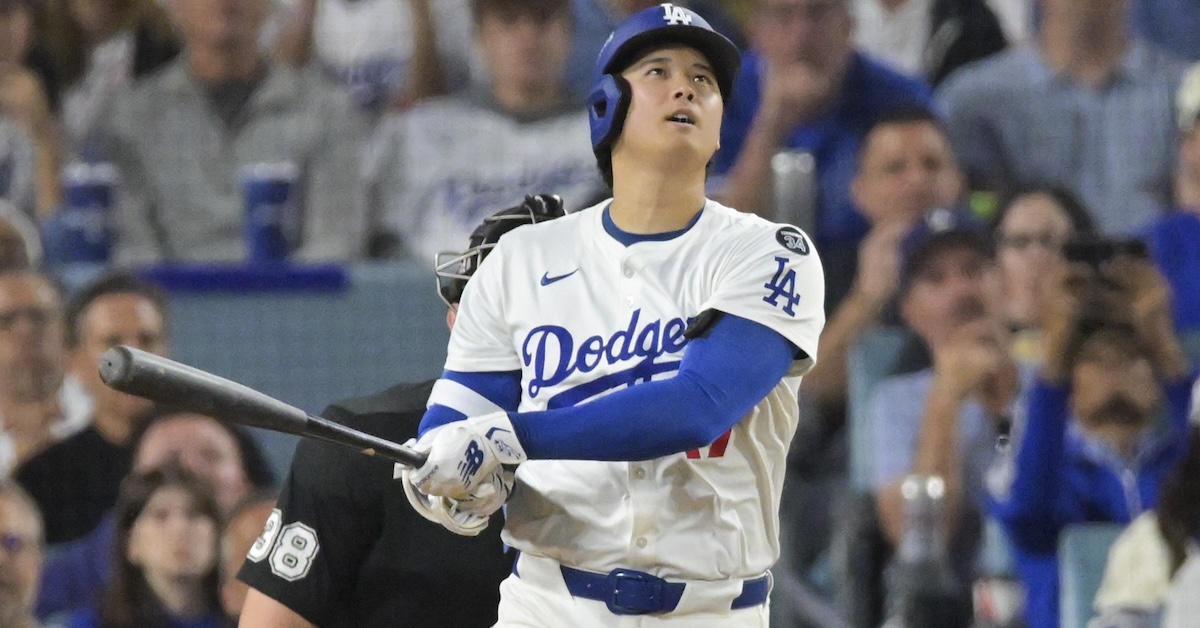
The Dodgers beat the Brewers by a final score of 5-1 on Friday night, securing a sweep of the NLCS and advancing to the World Series for the second consecutive year. If you just look at the scoreline and the sweep, you might think that this game was devoid of interest. I won’t lie to you – it was definitely not as dramatic as the wild Mariners-Blue Jays game from earlier in the night, and that series has had far more twists and turns than this one. But forget the lopsided final score, and forget the lopsided series. Friday night was a show – or, I should say, a Sho.
Shohei Ohtani made his second start on the mound of the playoffs, and after a leadoff walk to Brice Turang, he looked every bit the impossible, ace-plus-slugger hybrid we’ve come to expect. His stuff was sharp tonight, with his fastball scraping triple digits and his vicious sweeper up several ticks but maintaining its ludicrous movement. That leadoff walk didn’t even phase him; he took a deep breath, a few paces on the mound, and then turned Jackson Chourio into a cardboard cutout. Biting sweeper, two increasingly diving sliders, with Chourio taking an emergency hack to stay alive, and then a 100.3 mph fastball, pumped right through the zone, to remind everyone that, yeah, this Ohtani guy can spin it.
The next batter, Christian Yelich, got ahead in the count 2-0; Ohtani regrouped with an outrageous flotilla of sliders (90 mph), cutters (95), and fastballs (100) on the low-and-away corner that eventually flummoxed Yelich into a called strikeout. William Contreras? Thanks for entering the batter’s box, sir, better luck next time. Ohtani struck him out on three pitches, the last two of which were demonically breaking sweepers that weren’t even in the same zip code as Contreras’ bat. Then Ohtani sprinted off the mound and disappeared into the dugout. Read the rest of this entry »

